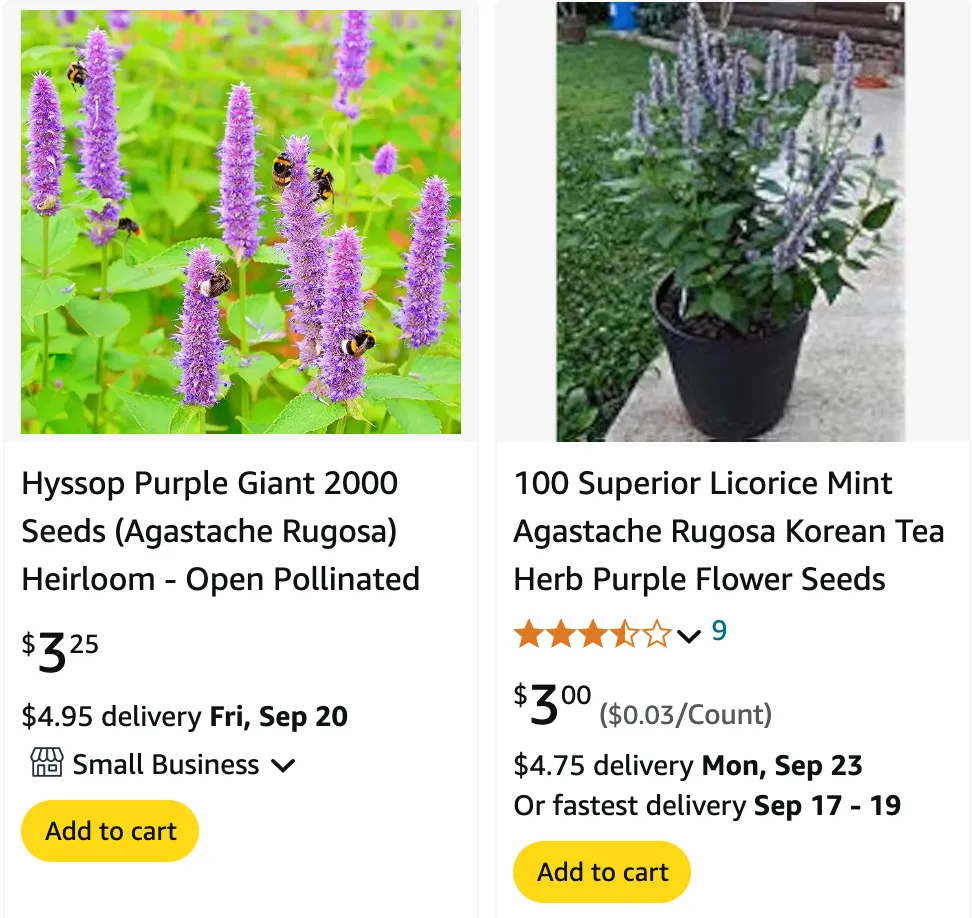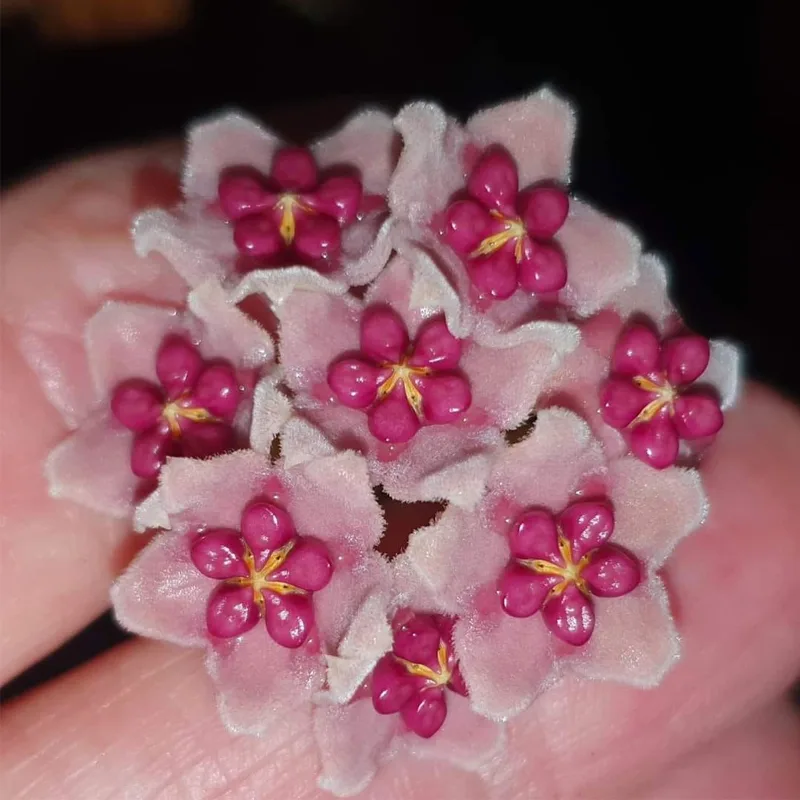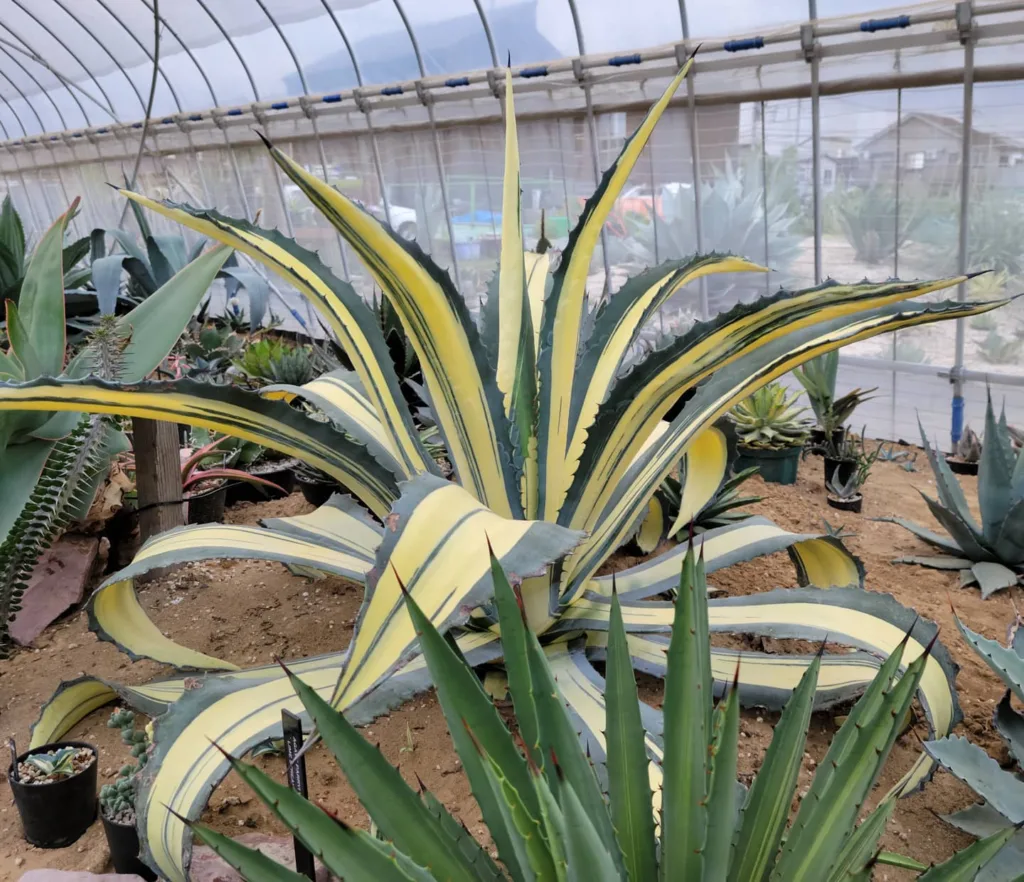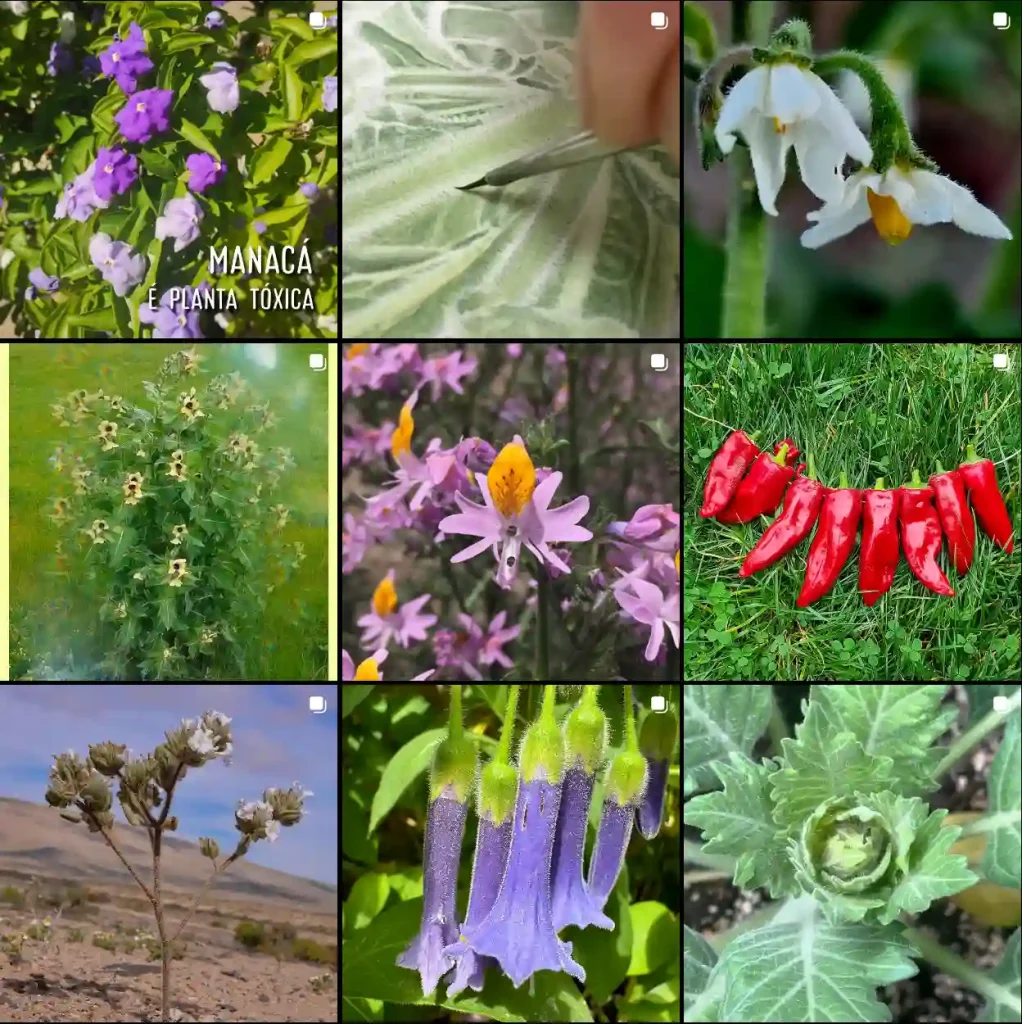
FAQs about Agastache Rugosa
Agastache Rugosa, also known as Korean Mint, is one of my favorite plants to grow in the garden. It’s a hardy perennial that adds vibrant color, fragrance, and pollinator attraction to any landscape. Over the years, I’ve gotten many questions about this plant, and I’d love to share some FAQs that I’ve come across, as well as my personal tips on how to grow and care for Agastache Rugosa.
23 Species in Genus Agastache
What is Agastache Rugosa?
Agastache Rugosa is a member of the mint family (Lamiaceae), native to East Asia. The plant produces spikes of purple-blue flowers, attracting bees, butterflies, and hummingbirds. It’s well-loved for its aromatic foliage, which has a licorice or minty scent. In my experience, it’s an excellent choice for adding both beauty and biodiversity to your garden.
How to Grow Agastache Rugosa?
Growing Agastache Rugosa is relatively easy if you provide the right conditions. This plant thrives in full sun and well-drained soil. I’ve found that it prefers soil on the drier side, so avoid overwatering. The plant can tolerate a range of soil types, but it does best in slightly alkaline to neutral soils.
If you live in an area with harsh winters like I do, don’t worry—Agastache Rugosa is winter-hardy in zones 4 through 9. It’s one of those plants that I can just leave in the ground and watch it come back stronger the next year.
How to Plant Agastache Rugosa Seeds?
If you’re starting Agastache Rugosa from seed, timing is key. I usually sow the seeds indoors about 8–10 weeks before the last frost. The seeds need light to germinate, so lightly press them into the soil without covering them. Keep the soil moist but not waterlogged, and they should germinate in about two weeks. Once the seedlings are a few inches tall, I transplant them outside after all danger of frost has passed.
Direct sowing is also possible, but I’ve had better success starting them indoors. Either way, ensure they get full sunlight for the best growth.
Is Agastache Rugosa Invasive?
I get this question a lot, and thankfully, the answer is no—Agastache Rugosa is not considered invasive. Unlike some other members of the mint family, it doesn’t aggressively spread through underground runners. However, it does self-seed readily, so if you don’t want it popping up in unexpected places, it’s a good idea to deadhead the flowers after they bloom.
How to Care for Agastache Rugosa?
Caring for Agastache Rugosa is pretty straightforward. Once established, the plant is drought-tolerant and doesn’t require much maintenance. I usually water mine only during prolonged dry spells. To encourage more blooms, I cut back the spent flowers throughout the growing season. In late fall, I prune the stems down to the ground. Mulching around the base helps protect the roots during winter, especially if you live in colder zones.
Can You Grow Agastache Rugosa Indoors?
In my experience, Agastache Rugosa is better suited for outdoor gardens due to its size and light requirements. It grows to about 2-4 feet tall and needs full sun to thrive. While it’s possible to grow it indoors in a very sunny spot or under grow lights, it’s much happier outside.
What to Plant with Agastache Rugosa?
I like pairing Agastache Rugosa with other pollinator-friendly plants like Echinacea, Rudbeckia, and Salvia. These combinations create a vibrant, dynamic landscape that attracts beneficial insects. The contrasting flower colors and textures also make the garden pop.
Is Agastache Rugosa Toxic?
No, Agastache Rugosa is not toxic to humans or pets. In fact, the leaves are often used in traditional medicine, and some people even use them to make tea. While I haven’t personally brewed Agastache tea, it’s said to have a soothing effect and is used to treat colds and digestive issues.
What are the Benefits of Growing Agastache Rugosa?
One of the biggest benefits of growing Agastache Rugosa is its ability to attract pollinators. I’ve noticed that bees, butterflies, and even hummingbirds are constantly visiting the flowers. Additionally, its drought tolerance makes it a great choice for water-wise gardens. It’s also deer-resistant, which is a huge plus if you’re in an area where deer frequently munch on plants.
Common Problems with Agastache Rugosa
Agastache Rugosa is generally trouble-free, but like any plant, it can be susceptible to root rot if the soil stays too wet. In my garden, I make sure to plant it in well-drained soil and avoid overwatering. Occasionally, powdery mildew can appear on the leaves in humid conditions. If this happens, I simply prune affected areas to improve airflow around the plant.
Agastache Rugosa vs Agastache Foeniculum
People often ask me how Agastache Rugosa compares to Agastache Foeniculum, also known as Anise Hyssop. Both are members of the mint family, and while they have similar uses, there are some differences. Agastache Foeniculum has a stronger anise flavor, and its flowers are usually a lighter shade of purple. From my experience, Agastache Rugosa is more compact and has a more subtle minty aroma.
How to Propagate Agastache Rugosa?
Propagating Agastache Rugosa is easy through division or seed collection. I usually divide the plants in early spring or fall. Simply dig up the clump, separate it into smaller sections, and replant them in well-drained soil. If you’re collecting seeds, wait until the seed heads are dry, then scatter them in the garden or save them for next year.
Can Agastache Rugosa Be Used in Herbal Medicine?
Yes! While I’m not an expert in herbal medicine, Agastache Rugosa has been used for centuries in traditional Korean and Chinese medicine. Its leaves are said to have anti-inflammatory and antimicrobial properties, and the plant is sometimes used to treat digestive disorders. I enjoy growing it mainly for its beauty and pollinator benefits, but it’s always interesting to know about its medicinal uses.
Conclusion
Agastache Rugosa is a versatile, low-maintenance plant that brings both beauty and biodiversity to the garden. Whether you’re looking to attract pollinators, grow a hardy perennial, or explore its medicinal uses, this plant is an excellent choice. By following these tips, you can enjoy growing Agastache Rugosa in your own garden and experience its many benefits.
If i die, water my plants!



